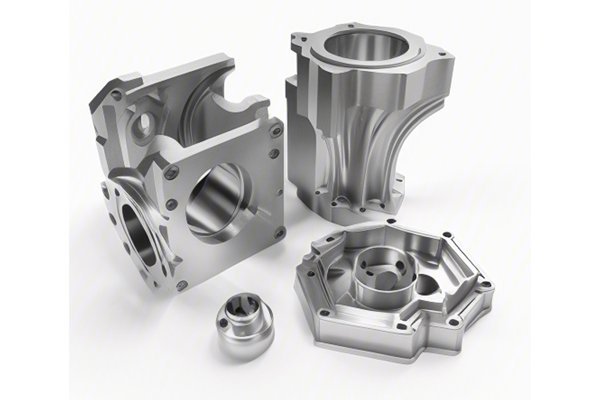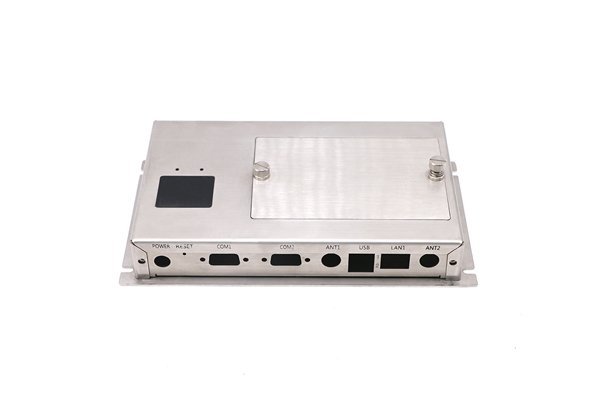Did you know that manufacturers can lose up to 30% of their materials due to inefficient machining processes? This staggering statistic emphasizes the urgent need for modern solutions within CNC machining operations to improve efficiency and reduce costs. In a highly competitive landscape, where profit margins can be tight, every ounce of material that can be saved contributes not just to the bottom line but also to sustainable practices. In this blog, we will delve deep into how CNC machining can effectively minimize material waste and enhance overall production efficiency.
1.1 What is CNC Machining?
CNC (Computer Numerical Control) machining is a manufacturing process that uses pre-programmed computer software to control the movement of production equipment. Introducing precision and consistency, CNC machines can efficiently shape various materials, including metals, plastics, and foam.
1.2 Types of CNC Machines
Several types of CNC machines cater to different machining requirements. Some common types include:
1.3 The Importance of Precision in CNC Machining
Precision is a core component of CNC machining. Higher precision leads to better quality products and significantly reduces waste. Each machine has specific tolerances, and understanding these can help prevent unnecessary waste during production.
2.1 Causes of Material Waste in CNC Machining
Material waste during CNC machining can arise from various factors, including:
2.2 Economic Consequences of Material Waste

The economic impact of material waste extends far beyond just the material costs. The secondary costs include:
2.3 Environmental Impact of Material Waste
In today’s eco-conscious world, waste management is not just an ethical consideration but also a business imperative. Excessive material waste contributes to landfill issues and increases the carbon footprint of manufacturing.
3.1 Designing for Manufacturability (DFM)
Designing parts with manufacturability in mind is crucial. DFM encompasses:
3.2 Utilizing Advanced CNC Technology
Investing in advanced CNC machines that feature cutting-edge technology can significantly reduce waste. Some of these technologies include:
3.3 Proper Tool Selection and Maintenance
Choosing the right tools for specific tasks can help prevent wear and tear, leading to better performance. Regular maintenance ensures tools operate optimally and reduces the chance of unexpected failures that can lead to material waste.
3.4 Effective Process Planning and Simulation
Thorough planning is essential to minimize waste. This includes:
3.5 Implementing Lean Manufacturing Practices
Lean manufacturing focuses on creating more value for customers while using fewer resources. The principles of lean manufacturing can dramatically reduce waste, which includes:
4.1 Analyzing the CAD Model
Before beginning the machining process, automation and optimization software can analyze the original CAD model to ascertain if the design aligns with manufacturability principles, preventing excess cuts from the outset.
4.2 Choosing the Right Feed Rate and Speed
Selecting appropriate feed rates and spindle speeds minimizes unnecessary material removal and increases tool life. Optimal settings can lead to better surface finishes and reduced material waste.
4.3 Utilizing Adaptive Machining Techniques
Adaptive machining involves continuously monitoring the machining process and making real-time adjustments for optimal performance. This technique ensures that tools are engaged correctly at all times, leading to less wasted material.
4.4 Integrating Real-time Monitoring Systems
Modern CNC machines equipped with IoT technology can provide continuous updates on machine performance, helping operators identify waste patterns quickly and efficiently.
5.1 Case Study 1: Aerospace Component Manufacturing
An aerospace manufacturer implemented adaptive control systems, leading to a 25% increase in efficiency and a significant reduction in material waste.
5.2 Case Study 2: Automotive Industry Insights
By adopting lean practices, an automotive supplier saw a dramatic decrease in waste, achieving nearly 15% cost savings.
5.3 Case Study 3: Machining with Complex Materials
A company specializing in complex composites used advanced design software and achieved a remarkable 30% reduction in machining costs due to decreased waste.
In summary, CNC machining offers numerous opportunities to reduce material waste through intelligent design, advanced technologies, and efficient processes. By implementing the strategies discussed, manufacturers can not only improve efficiency but also contribute positively to their profit margins and environmental sustainability.
As industries evolve and the demand for more efficient practices grows, embracing these techniques isn’t just smart—it’s essential. Reducing material waste is more than a cost-saving measure; it’s a thoughtful approach towards responsible manufacturing that merits serious consideration. As we stand at the forefront of technological advancement, this domain offers a fertile ground for innovation. Let’s continue to push the boundaries of what CNC machining can achieve—both economically and environmentally.
—






